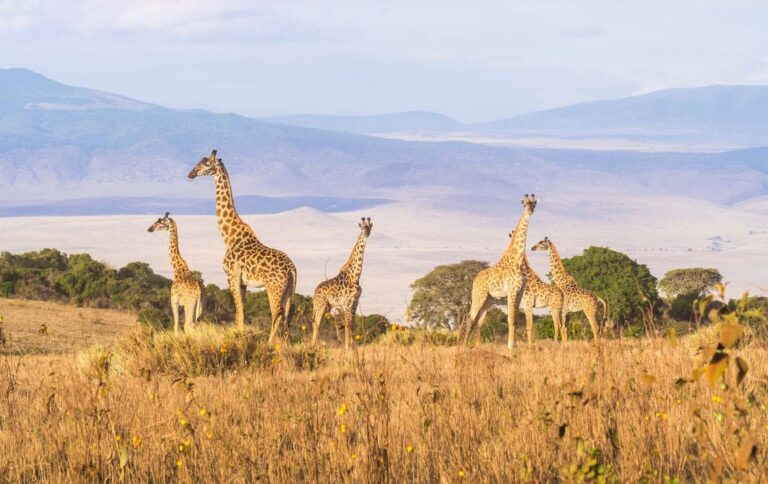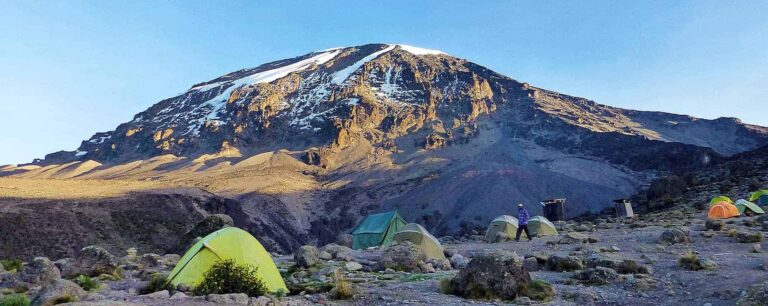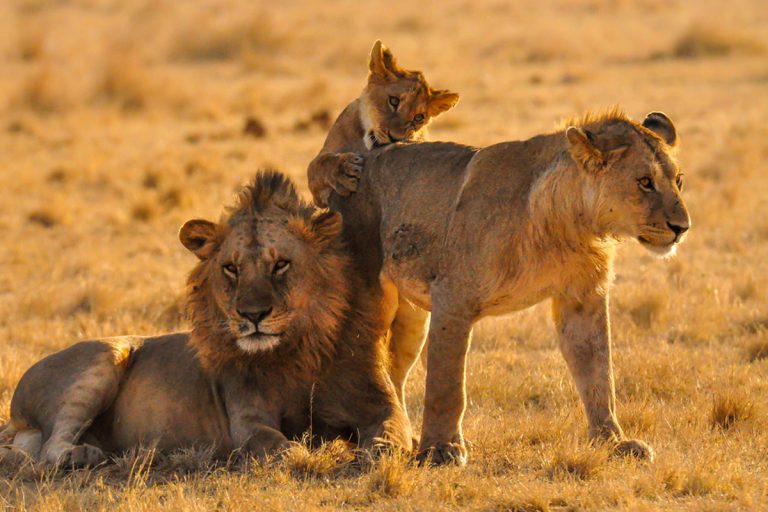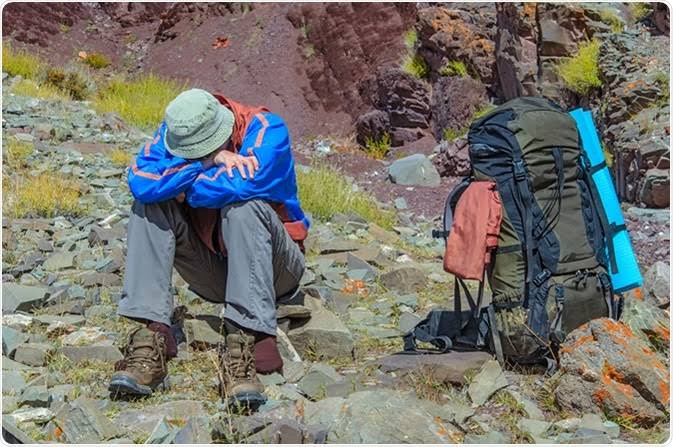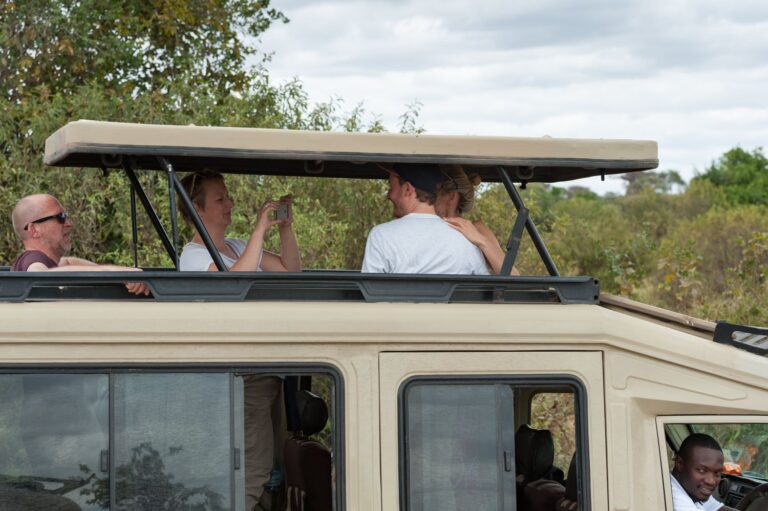Kitulo National Park, often referred to as the “Serengeti of Flowers,” is located in the Southern Highlands of Tanzania. Nestled between the peaks of the Livingstone Mountains and the Poroto Mountains, it covers an area of approximately 413 square kilometers. The park lies at an altitude ranging from 2,600 to 3,000 meters, providing a unique environment that supports a diverse array of flora and fauna. The closest town is Mbeya, which is about 100 kilometers away and serves as the main gateway for visitors.
The climate in Kitulo National Park is characterized by a temperate highland climate with distinct wet and dry seasons. The wet season, from November to April, brings heavy rains, which transform the park into a lush, green paradise teeming with wildflowers. During this period, temperatures range from 10°C to 20°C. The dry season, from May to October, sees cooler temperatures, especially at night, often dropping below 10°C, while daytime temperatures can reach up to 25°C. The park’s high altitude means it can be quite cool year-round, so visitors should be prepared for variable weather conditions.
Kitulo National Park is renowned for its stunning floral diversity rather than its large mammal populations. It is home to over 350 species of vascular plants, including 45 species of orchids, which bloom spectacularly during the wet season. This botanical richness supports a variety of wildlife, including several endemic species of birds like the endangered blue swallow and the Kipengere seedeater. The park also hosts small mammals such as elands, reedbucks, and various species of reptiles and amphibians, adding to its ecological significance.
The best time to visit Kitulo National Park is during the wet season from November to April when the flowers are in full bloom, creating a breathtaking landscape that attracts botanists and nature enthusiasts from around the world. However, for those interested in bird watching, the dry season can also be rewarding, as many bird species are more easily spotted. Regardless of the season, visitors are advised to come prepared for the park’s cooler temperatures and potentially challenging terrain, ensuring a comfortable and enjoyable experience in this unique highland sanctuary.

